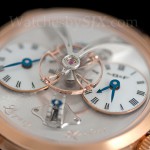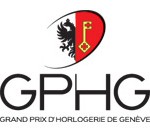Highlights: Winners at 2020 Grand Prix d’Horlogerie de Genève
The deserving, and one left out.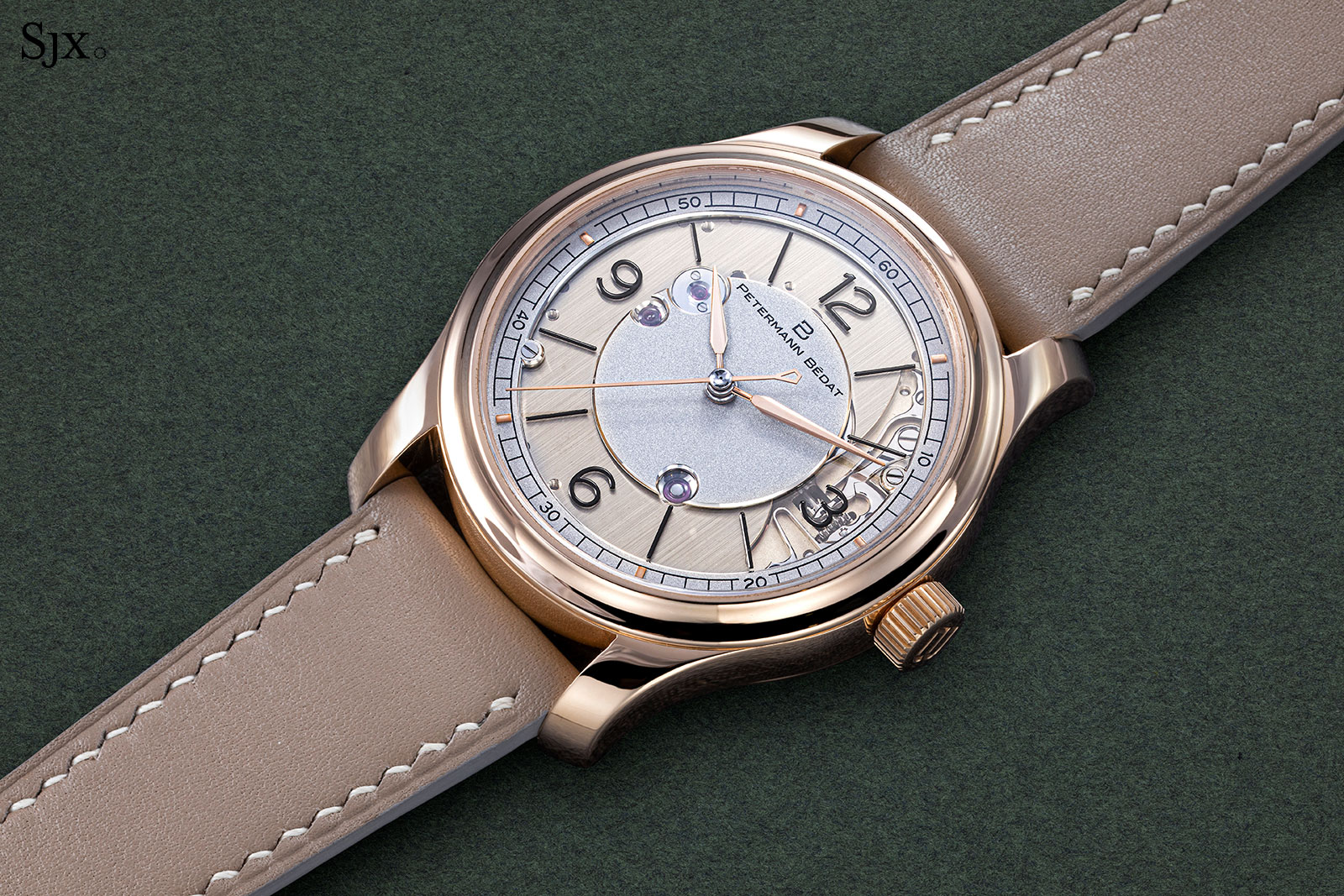
Having just taken place in Geneva and broadcast live, the 2020 Grand Prix d’Horlogerie de Genève (GPHG) ceremony anointed most of the year’s best watches. Whittled down from a large selection to candidates that were evaluated by an all-Swiss jury instead of the usual cosmopolitan mix due to travel restrictions, eighteen watches (and one watchmaker) received prizes. A handful of them are worth a look as worthy winners – albeit winning by default in some of the less competitive categories – as well as a notable watch that did not win but should have.
Awarded to the best watch of the contest, the Aiguille d’Or Grand Prix, went to the Piaget Altiplano Ultimate Concept. The thinnest mechanical watch on the market, the Altiplano Ultimate Concept (AUC) is the culmination of all the progress in ultra-thin watchmaking over the last several decades.
At an unreal 2 mm high, the AUC pushes engineering to the cutting edge, albeit at an extremely high price. While there were other watches in the competition that could reasonably be candidates for the Aiguille d’Or, the AUC has earned it.
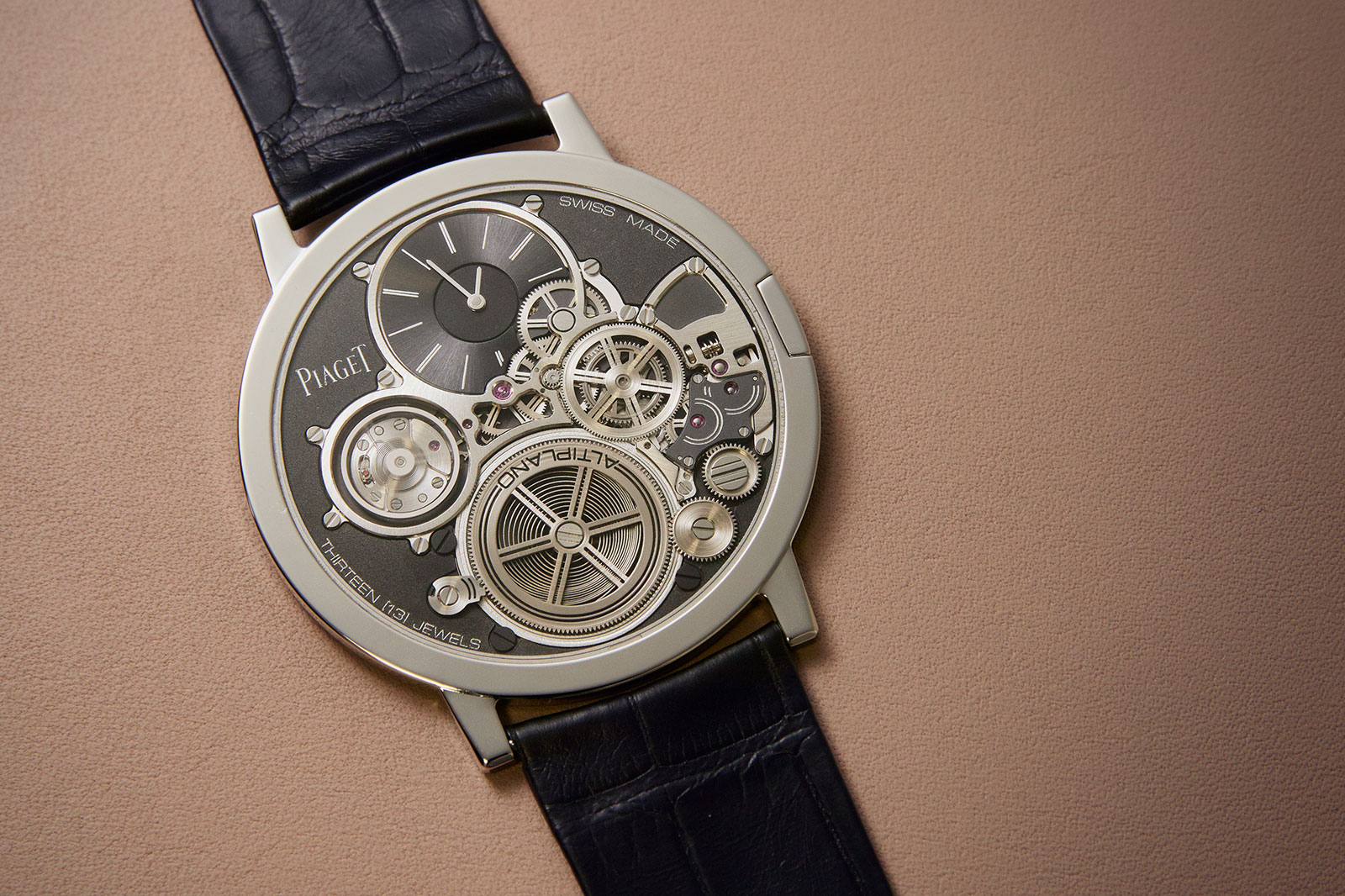
The Piaget AUC
Complications and revelations
Another prestigious award is the Horological Revelation Prize, which is awarded at the discretion of the jury to watch made by a nascent brand. It went to the Petermann Bédat 1967, unquestionably one of the highlights of independent watchmaking this year.
Well deserving of the prize, the 1967 is simply marvellous (we explain why here). Though subtle in design, its details live up to the name of the prize, with a sapphire dial that reveals the finely-finished keyless works on the front, while the display back presents the refined jumping seconds mechanism.
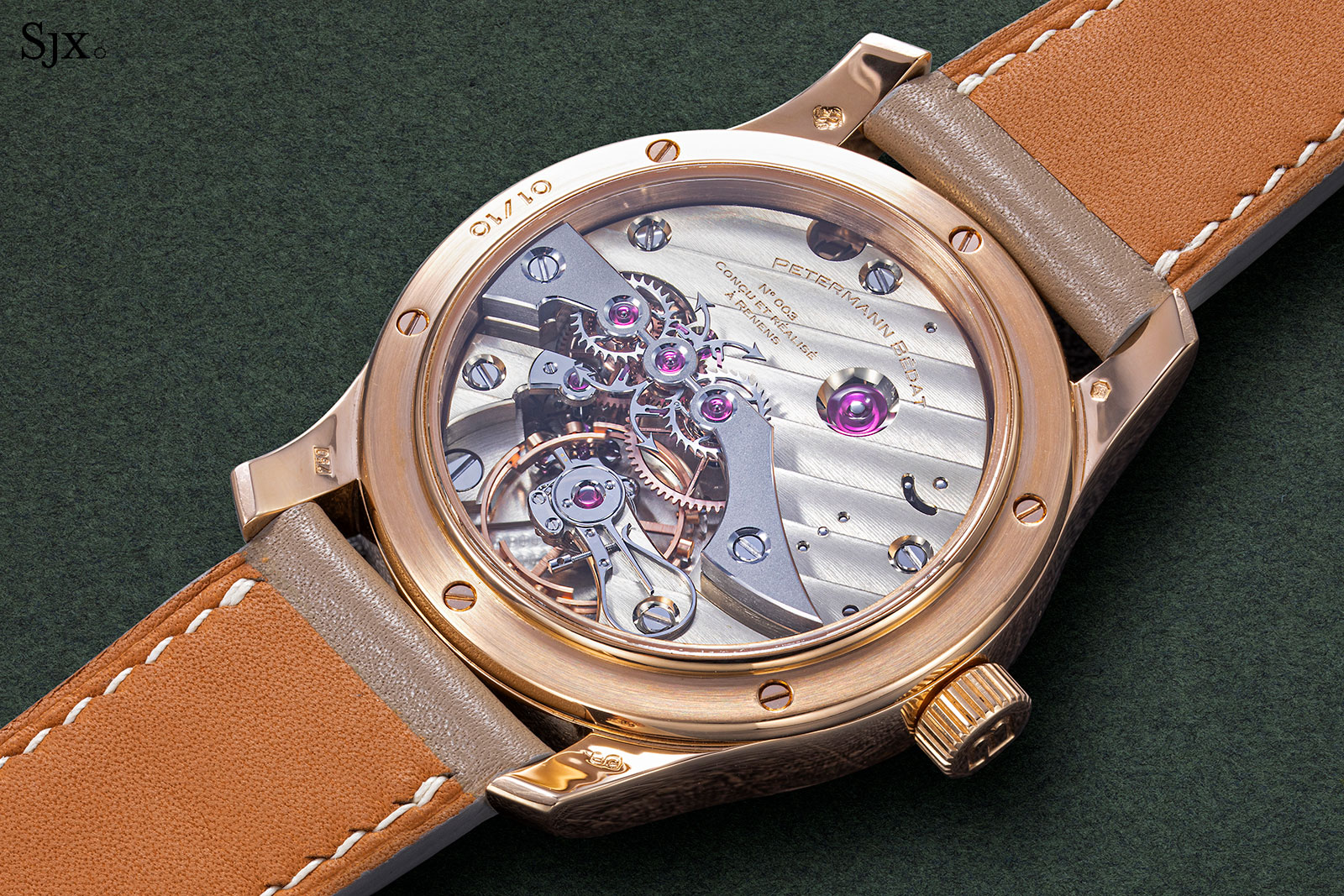
The Petermann Bedat 1967
One of the most technically interesting and extremely specific categories is the Chronometry Watch Prize. Candidates have to be mechanical watches with at least one mechanism that improves precision, such as a tourbillon or constant force mechanism.
Unsurprisingly, and happily, the prize went to the Chronométrie Ferdinand Berthoud FB 2RE, which we were thoroughly impressed by. The movement combines both technical excellence and exceptional craftsmanship, making it the unquestionable winner. That said, it was a close fight: the Bernhard Lederer Central Impulse Chronometer is equally excellent from a technical perspective, but not decorated as elaborately. Absent the Berthoud, the Bernhard Lederer would have won hands down.
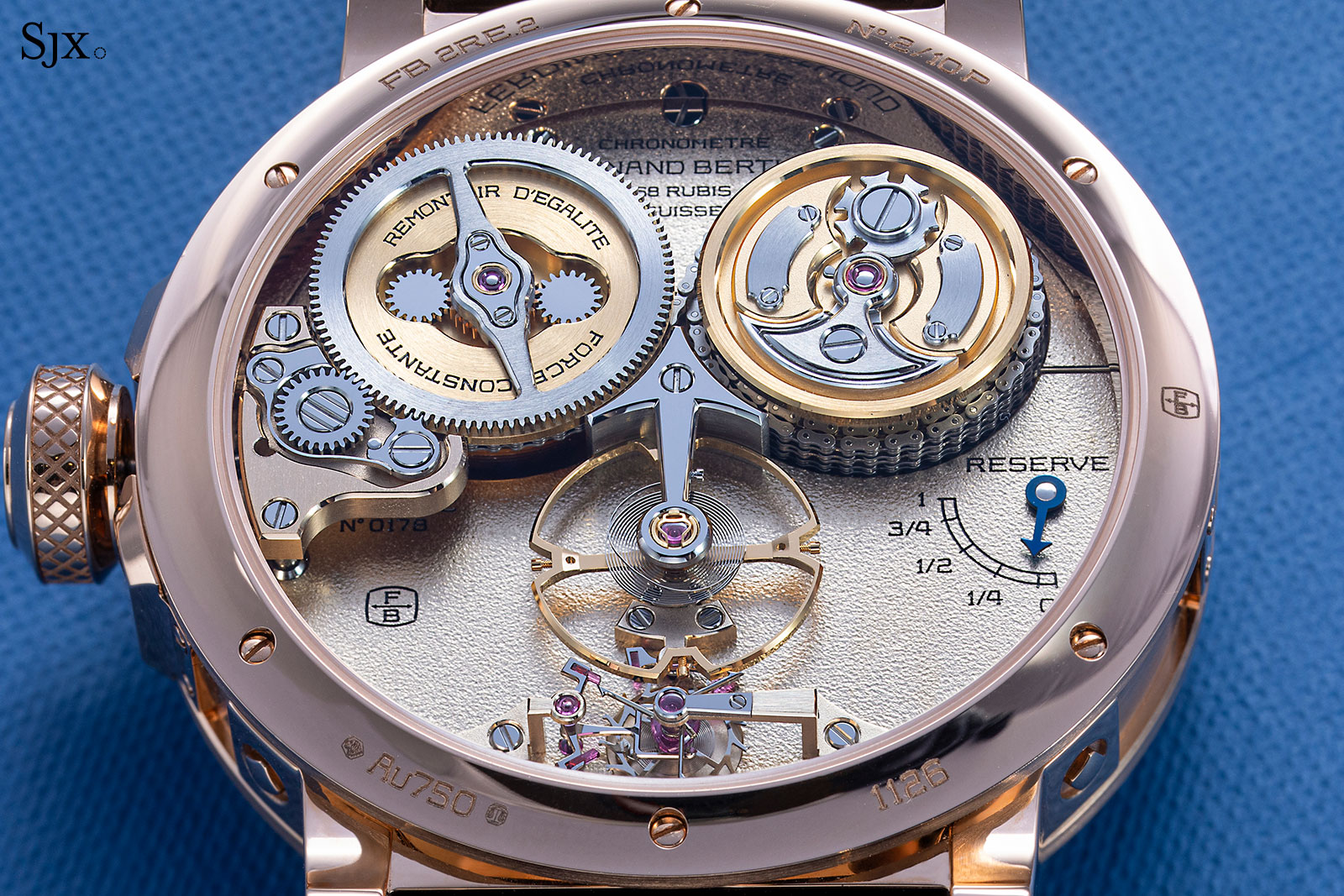
The FB-RE.FC movement in the Ferdinand Berthoud
A broader category is the Men’s Watch Prize, which is open to watches with simple additional functions like date, power reserve, or moon phase.
The Voutilainen 28SC triumphed here, probably because of its impeccable finishing and typical Voutilainen aesthetic. It is a handsome and appealing watch, but it’s not particularly novel: the movement is essentially the cal. 28 that’s been retrofitted with an indirect, central seconds. But the rest of the candidates in the category weren’t special either, except for the Petermann Bedat 1967, which won another prize.
A diametrically opposite category is the Men’s Complication Watch Prize, awarded to the most technically creative and complicated watch.
Unsurprisingly, the Greubel Forsey Hand Made 1 gained victory – although it has to be noted that the tourbillon is not a complication from a traditional point of view, although the modern definition is looser. That said, the Hand Made 1 is mighty impressive with its artisanal manufacturing and finishing, qualities that made it an obvious choice, especially against the lacklustre competition in the category.

The Hand Made 1
While Greubel Forsey is a well-established name in high horology, the Ladies’ Complication Watch Prize went to a new name, Charles Girardier, for its Tourbillon Signature Mustérieuse Fleur de Sel. The surprisingly edged out a strong contender in the form of the Bulgari Serpenti Seduttori Tourbillon, which is a complicated watch from a jeweller famous for its serpent-inspired wristwatches.
Nevertheless, the Charles Girardier tourbillon is technically interesting, featuring a proprietary, self-winding movement with a peripheral rotor. And it also incorporates an unusual complication at 12 o’clock, comprising the brand’s initials of “C” and “G”. The two letters spin freely in opposite directions when the watch is on the wrist, but thanks to weights on their lower edges, return to their original positions once the watch is tilted to read the time.
The Chronograph Watch Prize is self-explanatory, and it went to the Streamliner Flyback Chronograph Automatic by H. Moser & Cie. Unveiled at the beginning of the year, the Streamliner is caters to the current fad of integrated-bracelet sports watches, but manages to do it in its own, distinctive manner. More importantly in respect to the prize, the Agenhor movement inside is perhaps the most interesting recent chronograph movement, with both an ingenious construction and good finishing.
While the Streamliner merited its prize, the Atelier de Chronometrie AdC #8 was a close second, but perhaps hindered by the fact that the movement is not a new calibre, and instead a revamped and perfectly finished vintage Venus 185.
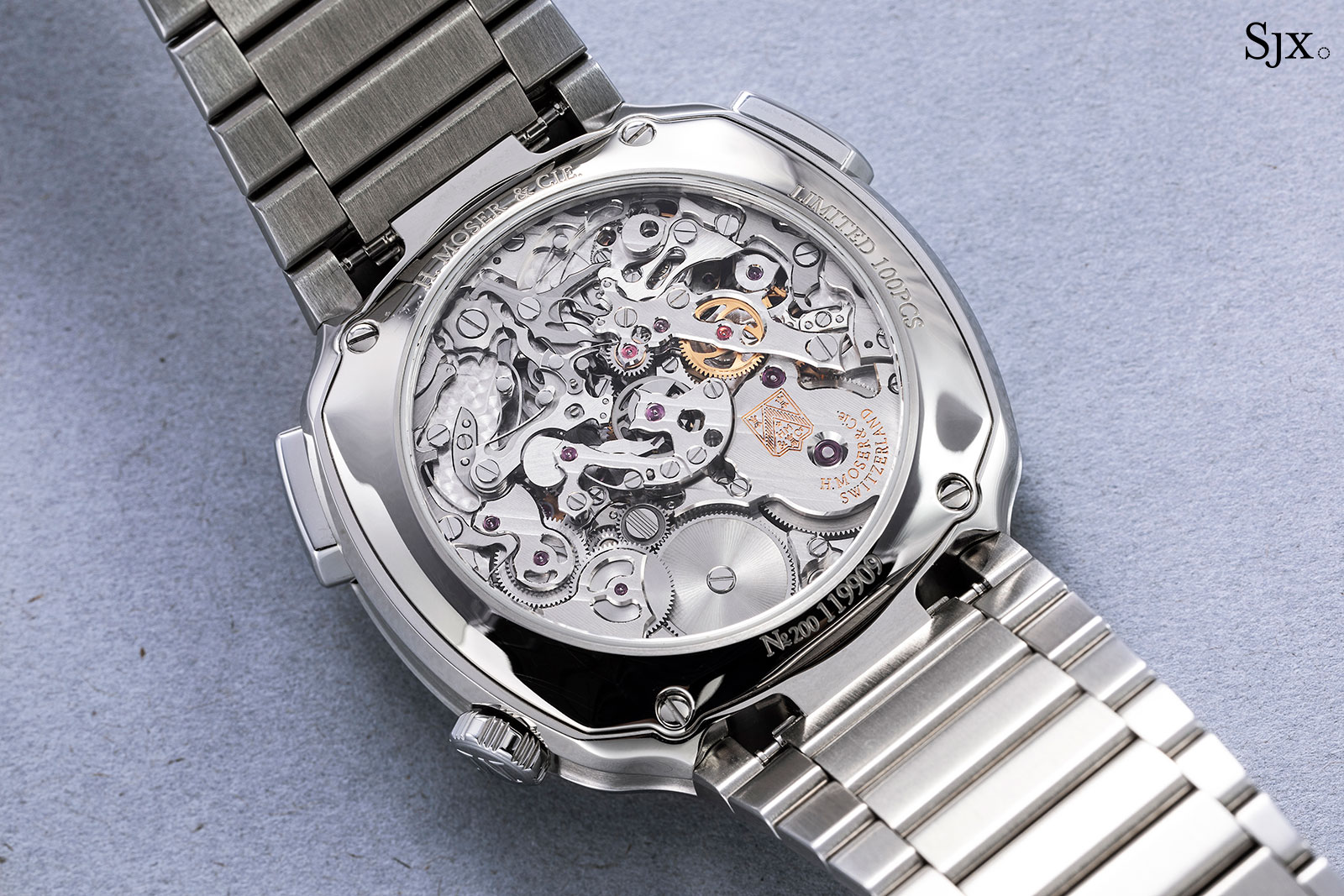
The Agenhor movement in the Streamliner
The affordable but excellent
While many of the winners were exceptional watches, most of them were accompanied by justifiably astronomical prices. But good watches aren’t necessarily expensive, and the GPHG includes two categories for accessibly-priced watches.
Open to watches that retail between 4,000-10,000 Swiss francs, the Petite Aiguille Prize went to the Breitling Superocean Heritage ’57 Limited Edition II. Being a repeat of a sold-out limited edition, the watch is something of a cop out, but it did help support a good cause: 500,000 Swiss francs from its revenues went to healthcare charities.
That said, the S.U.F. Sarpaneva x Moomin should have taken the prize – it is the most obvious candidate that should have won but didn’t. The Moomin wristwatch excels in all aspects, save for its basic movement, but perhaps S.U.F. was not well known enough to the judges.
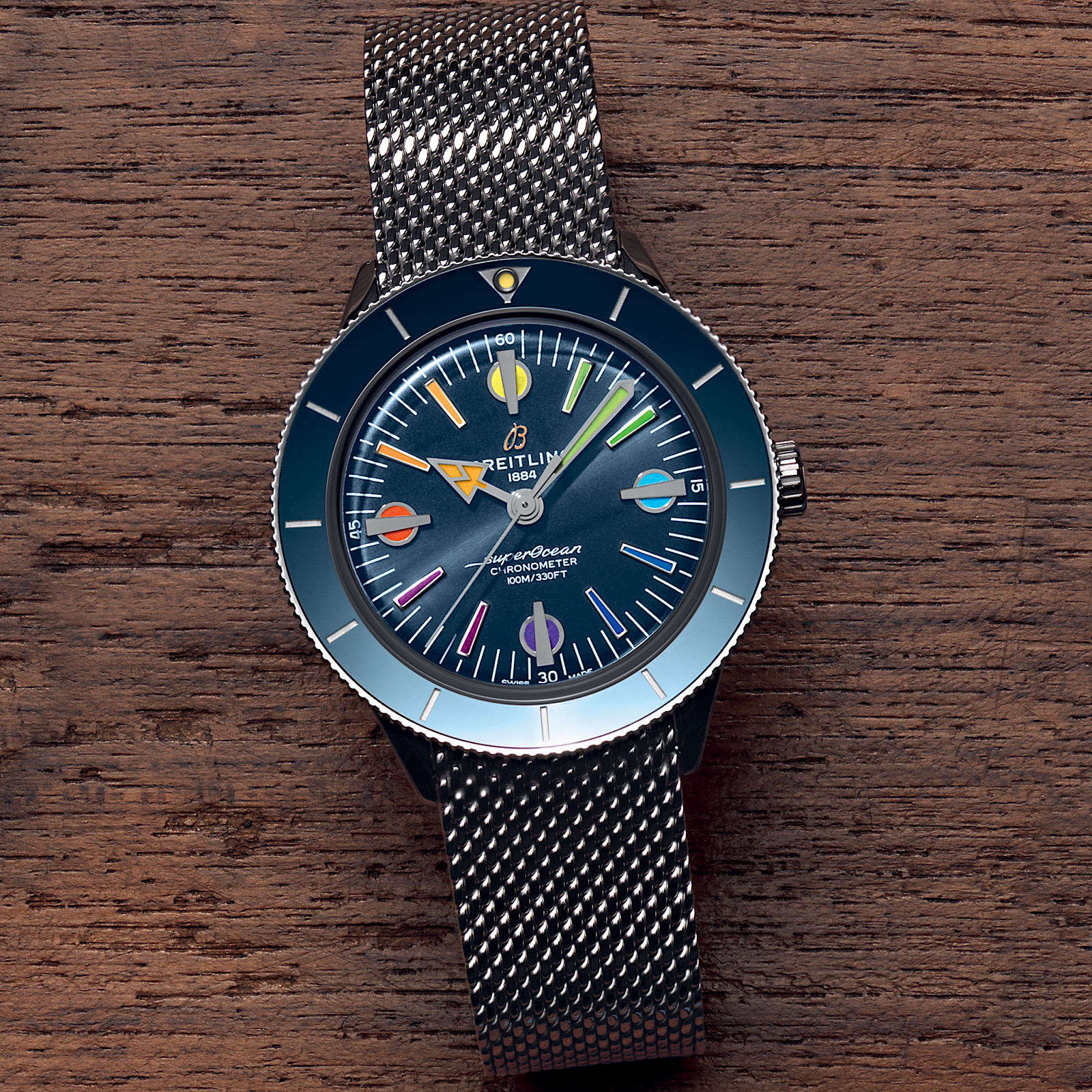
Winner. Photo – Breitling
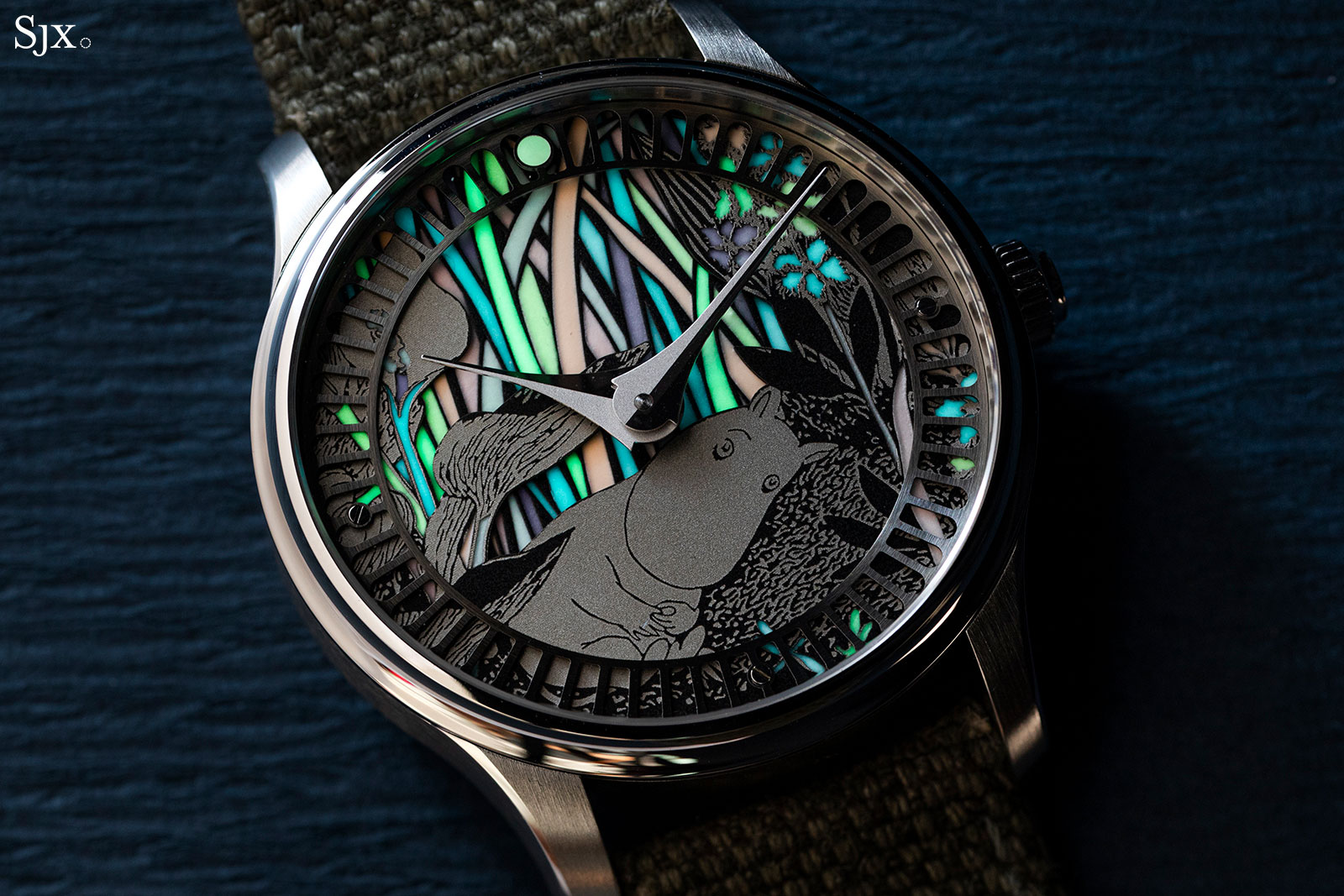
Should have won
The Challenge Watch Prize has an even more stringent budget of below 4,000 Swiss francs. Naturally, the winner was the Tudor Black Bay Fifty-Eight, continuing Tudor’s streak of wins in this category.
The blue Fifty-Eight is admittedly not novel, having merely been face-lifted with a navy blue dial, but it remains the best value proposition amongst all the candidates in terms of fit, finish, and movement – making the win entirely warranted.
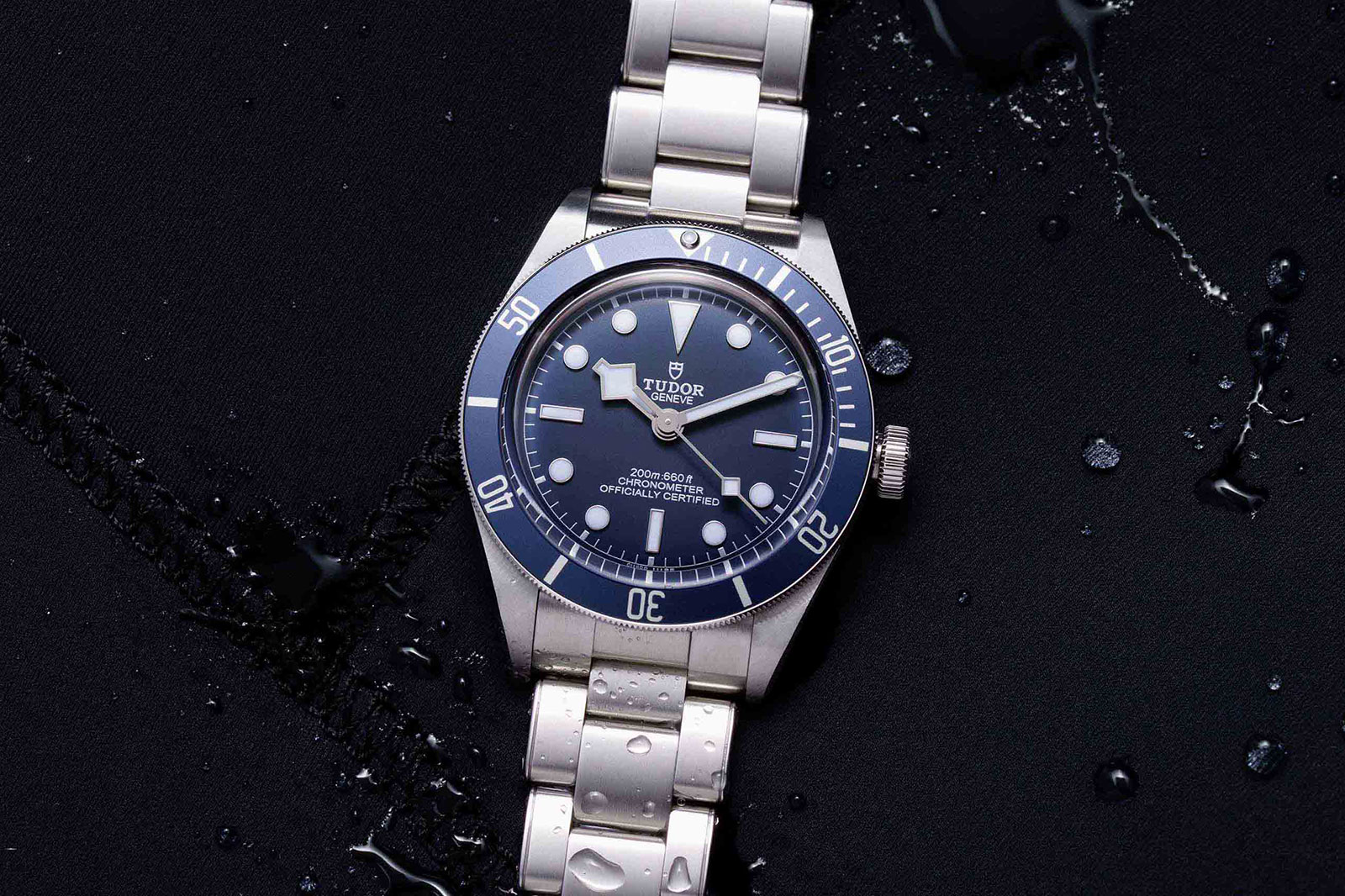
The Black Bay Fifty “Navy Blue”. Photo – Tudor
Like earlier editions of the GPHG, this year’s contest did lack candidates from major brands like Rolex, resulting in certain categories being missing obvious candidates. But most of the watches – especially those mentioned above – have earned the right to take the gilded trophy home.
Back to top.

